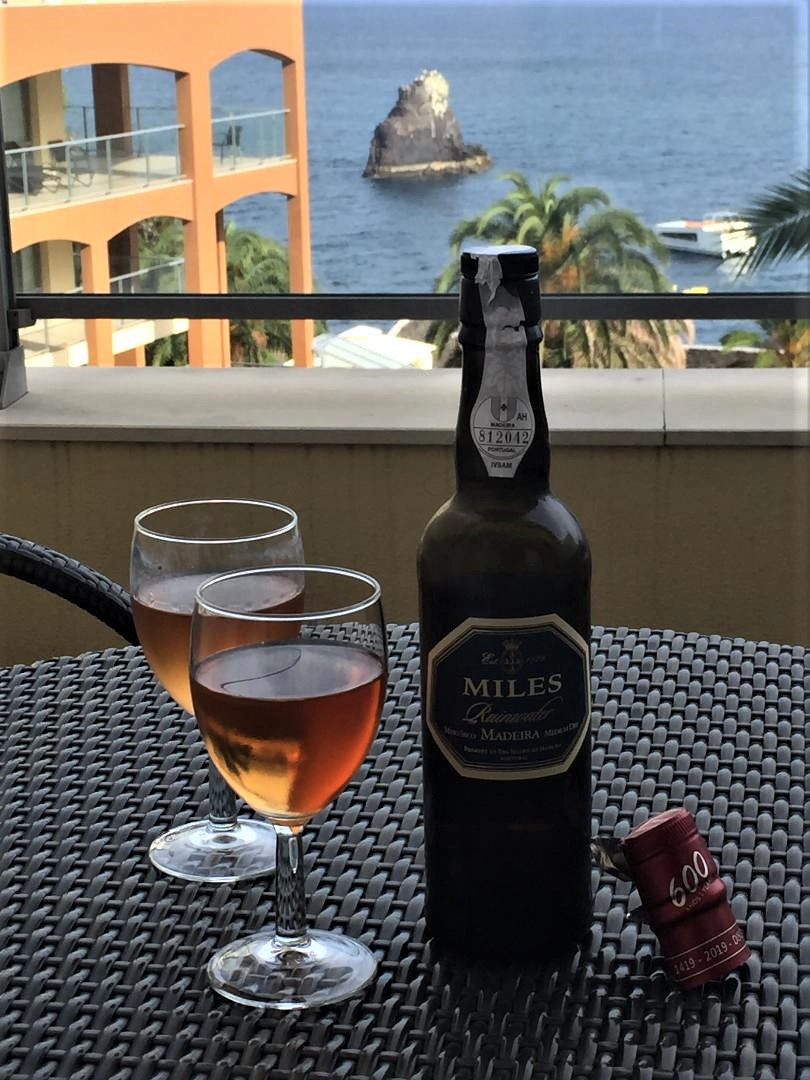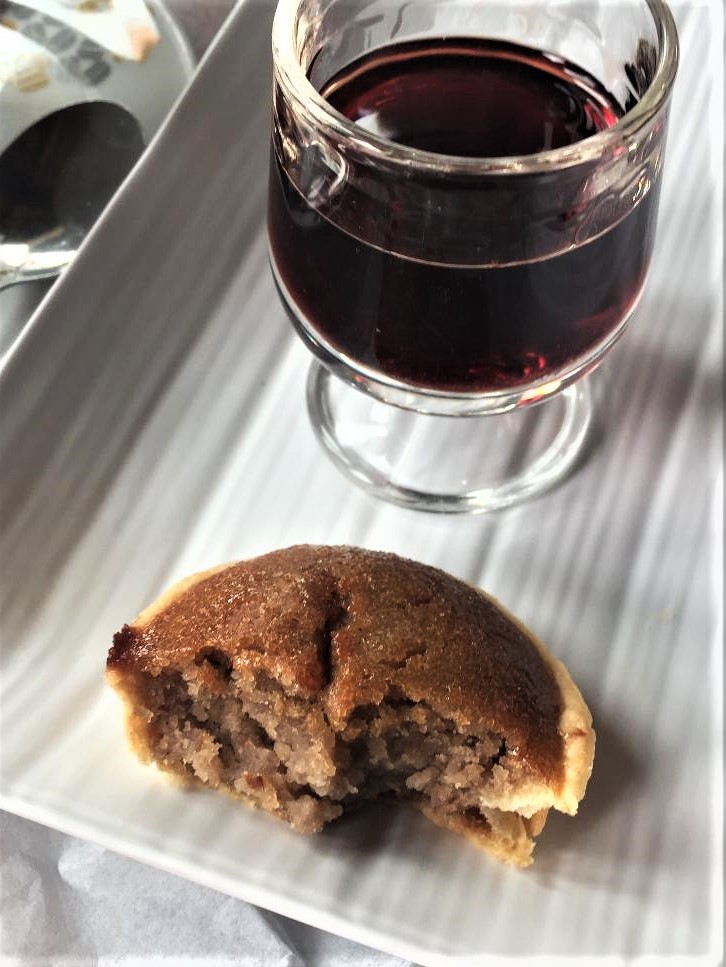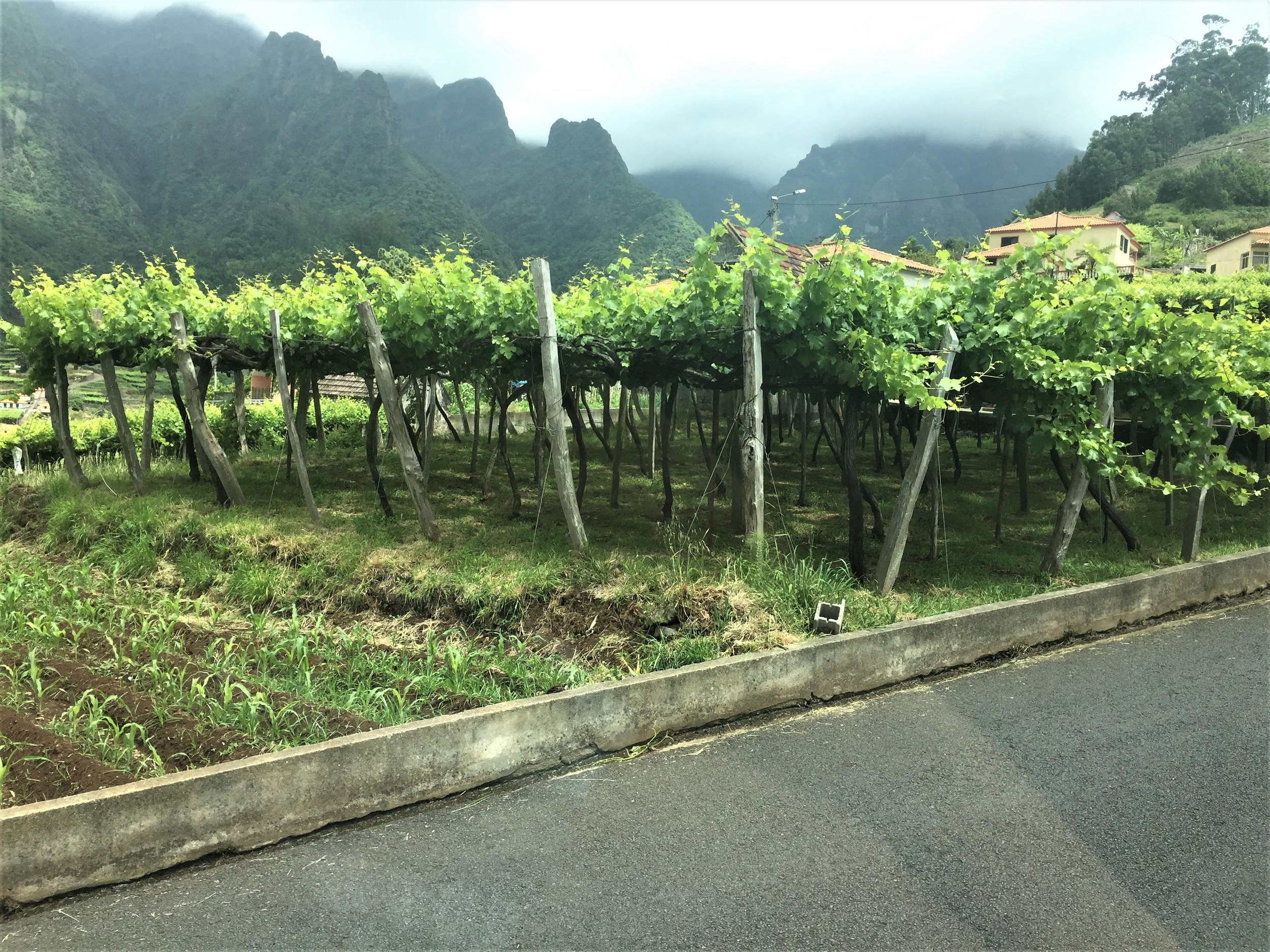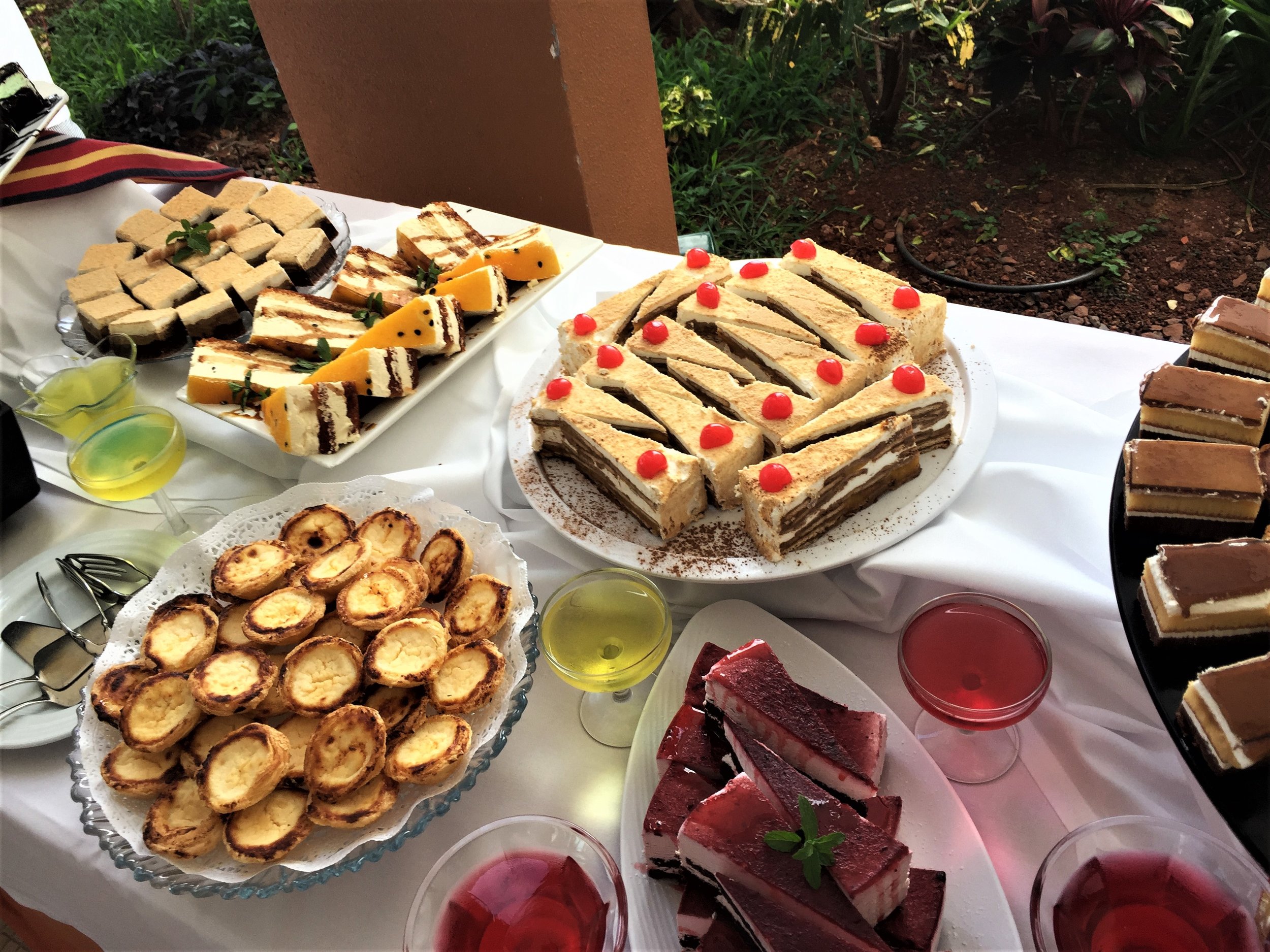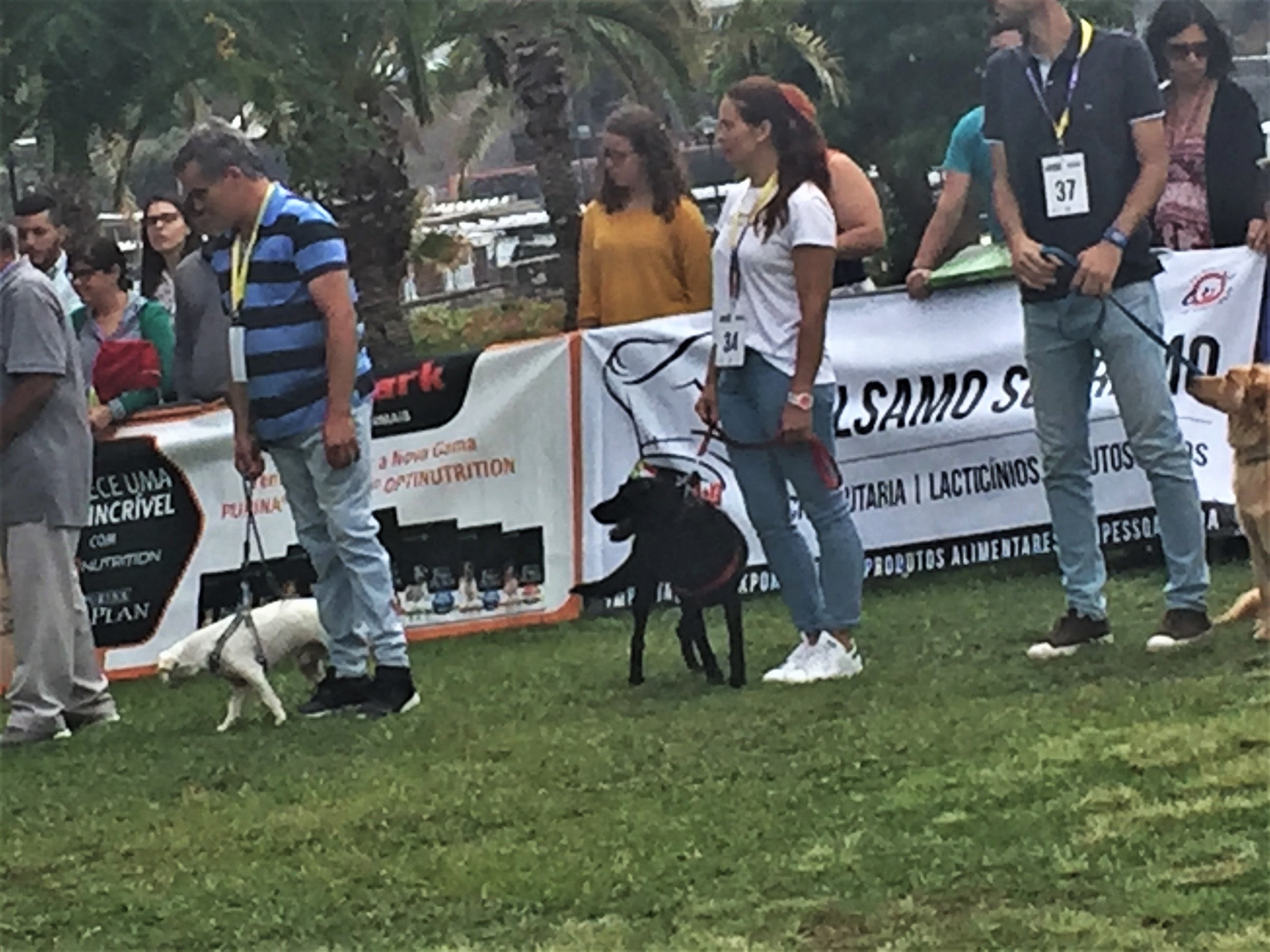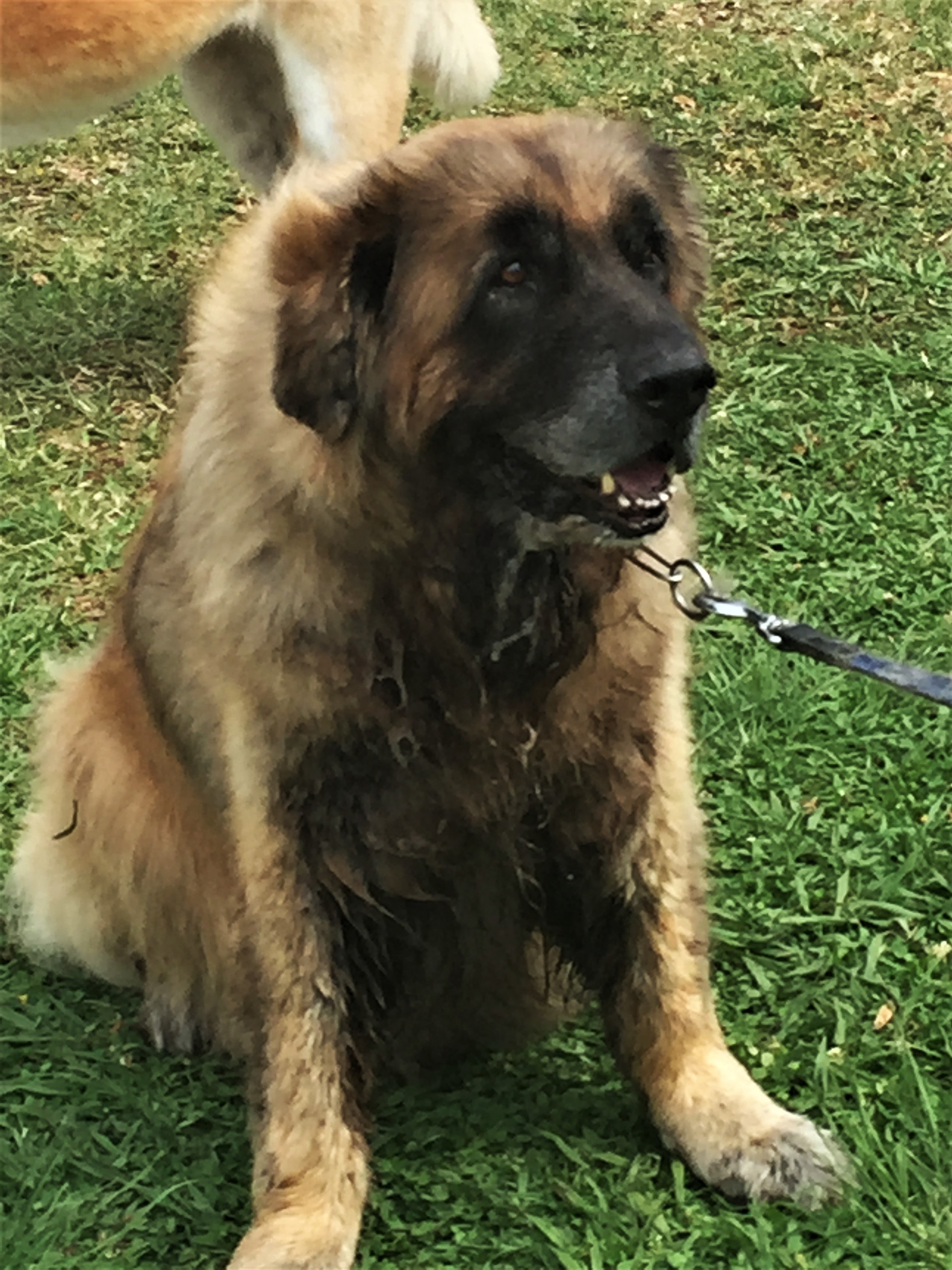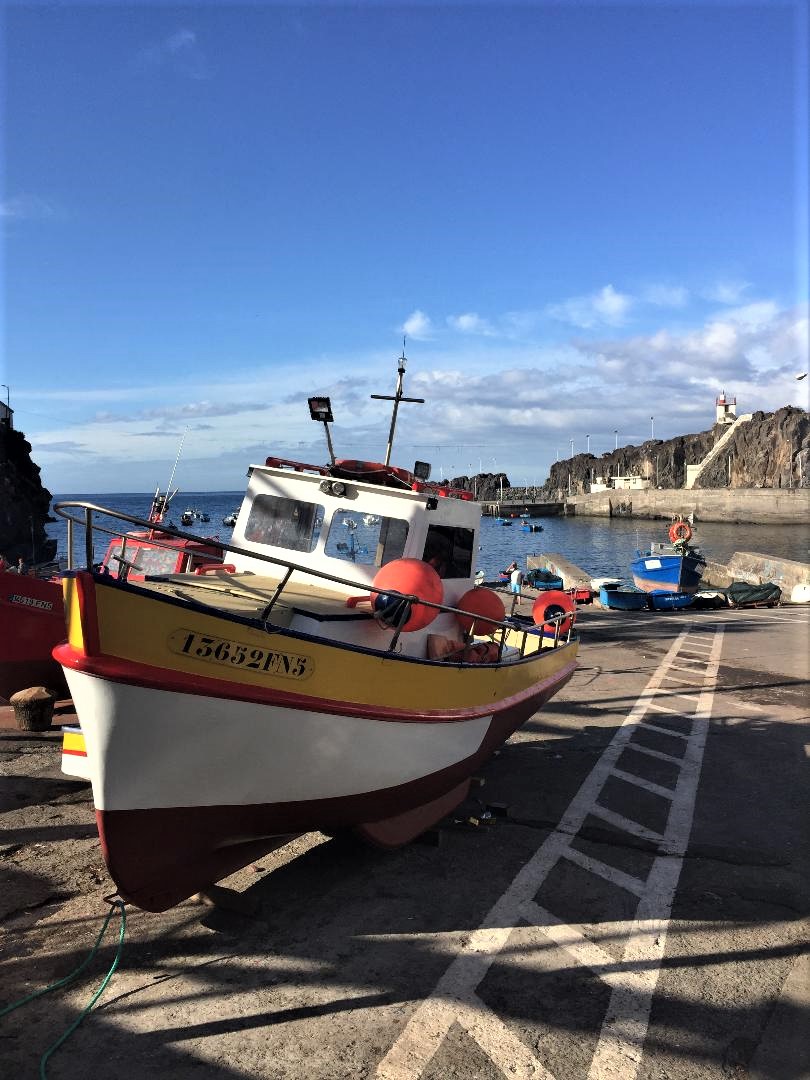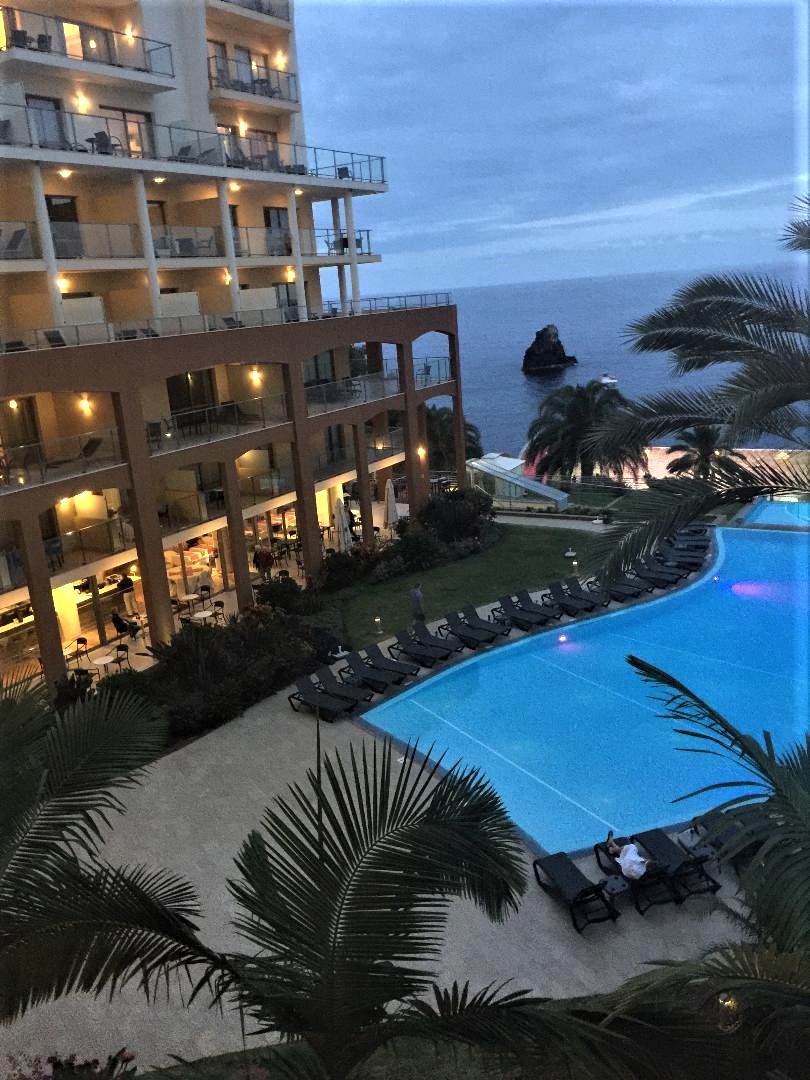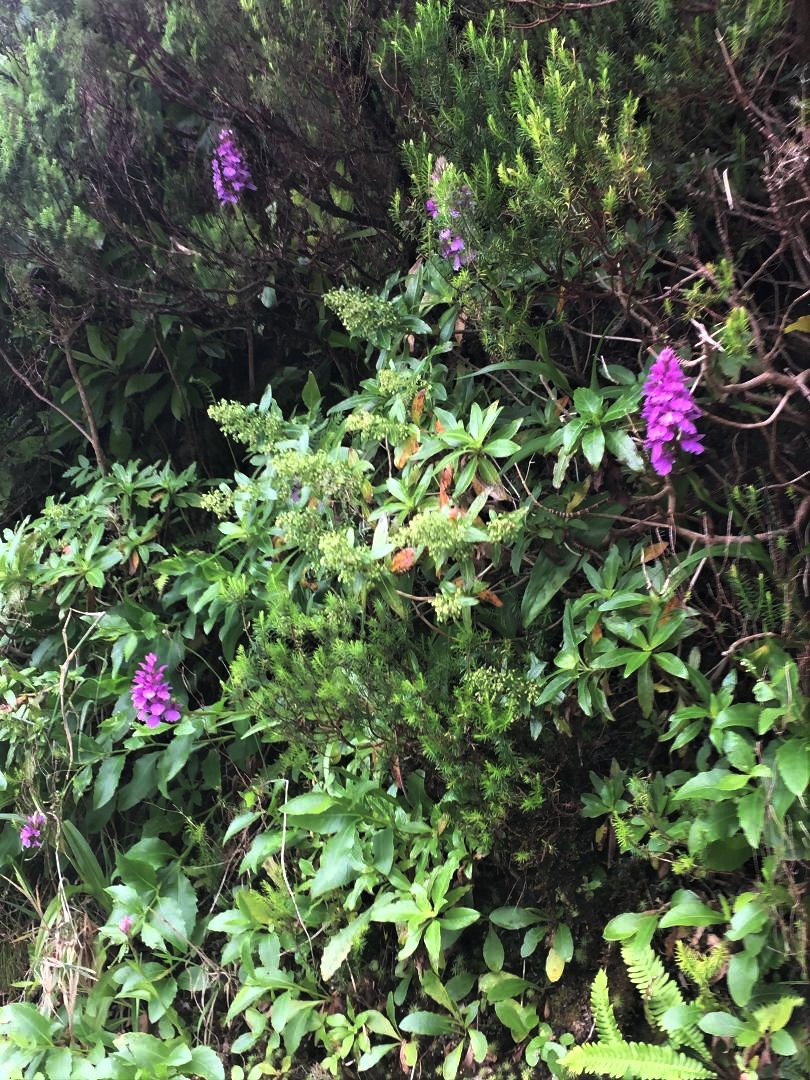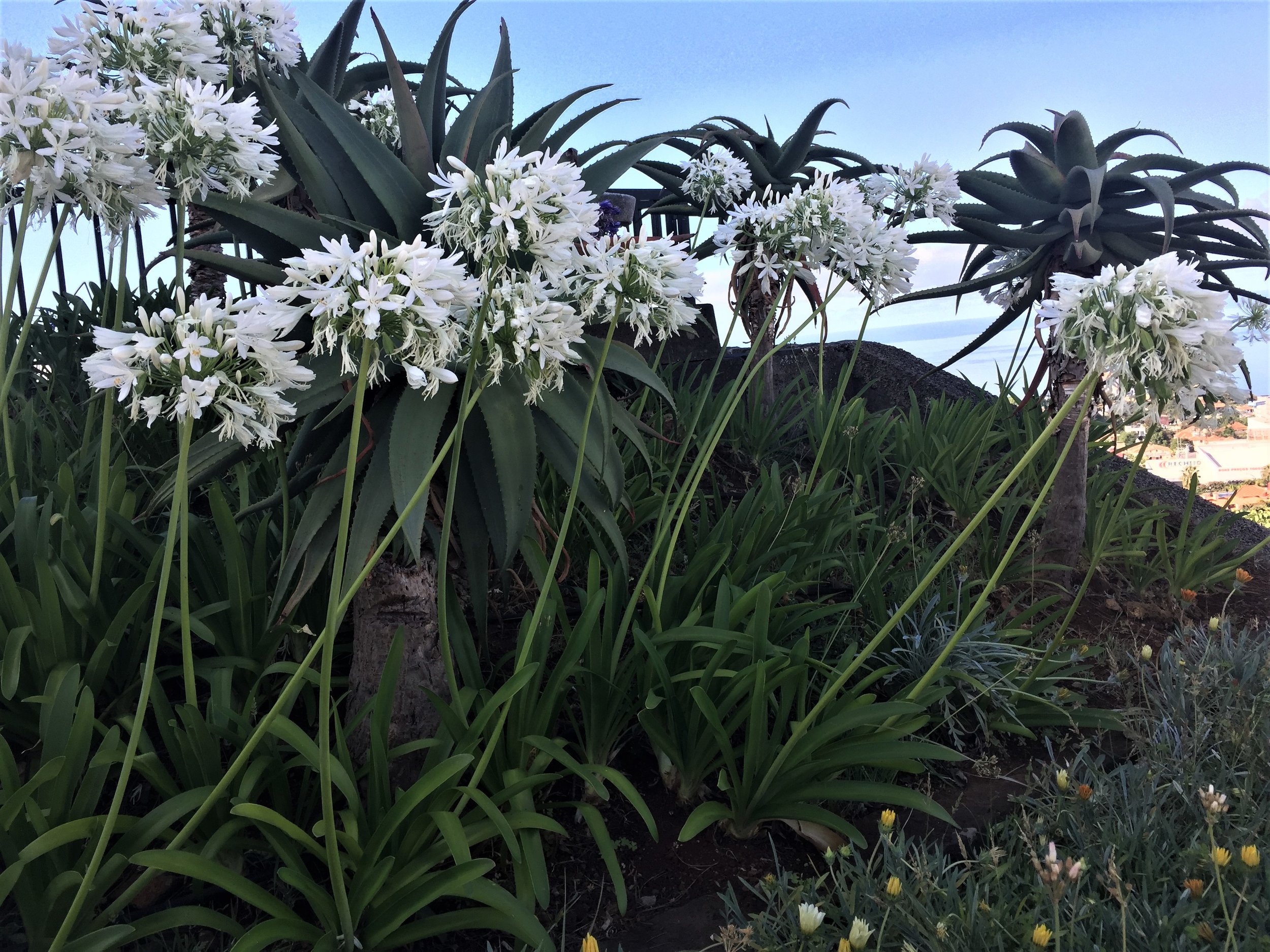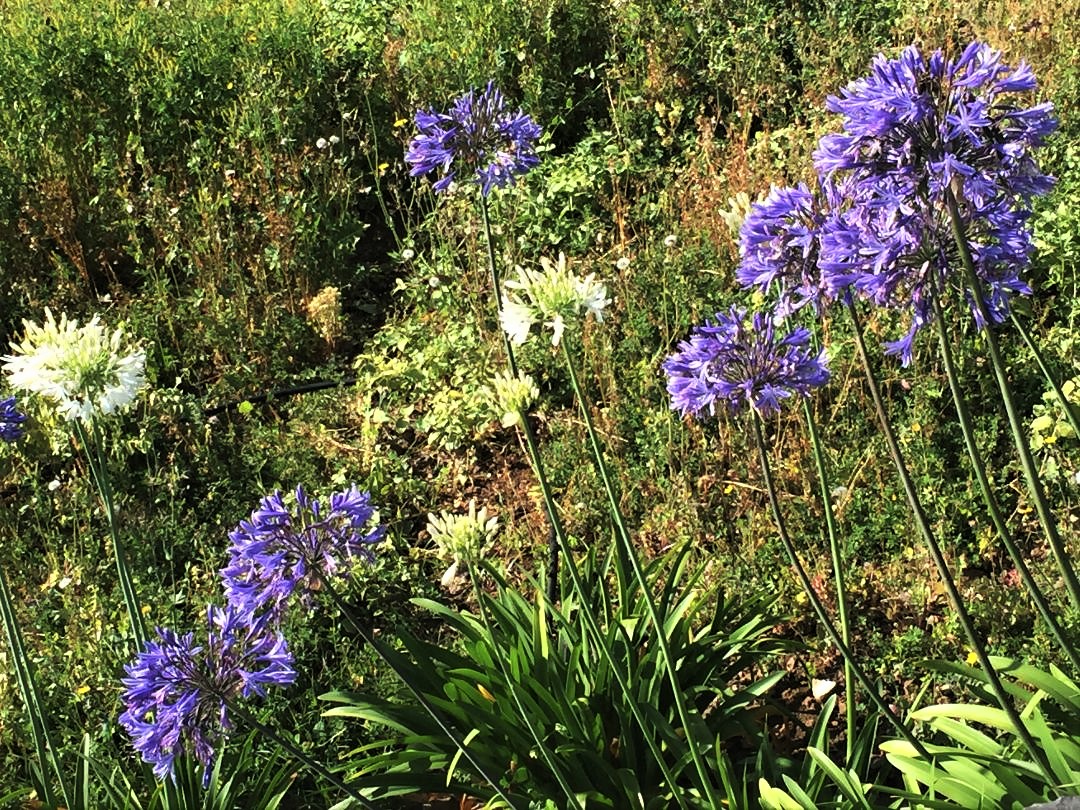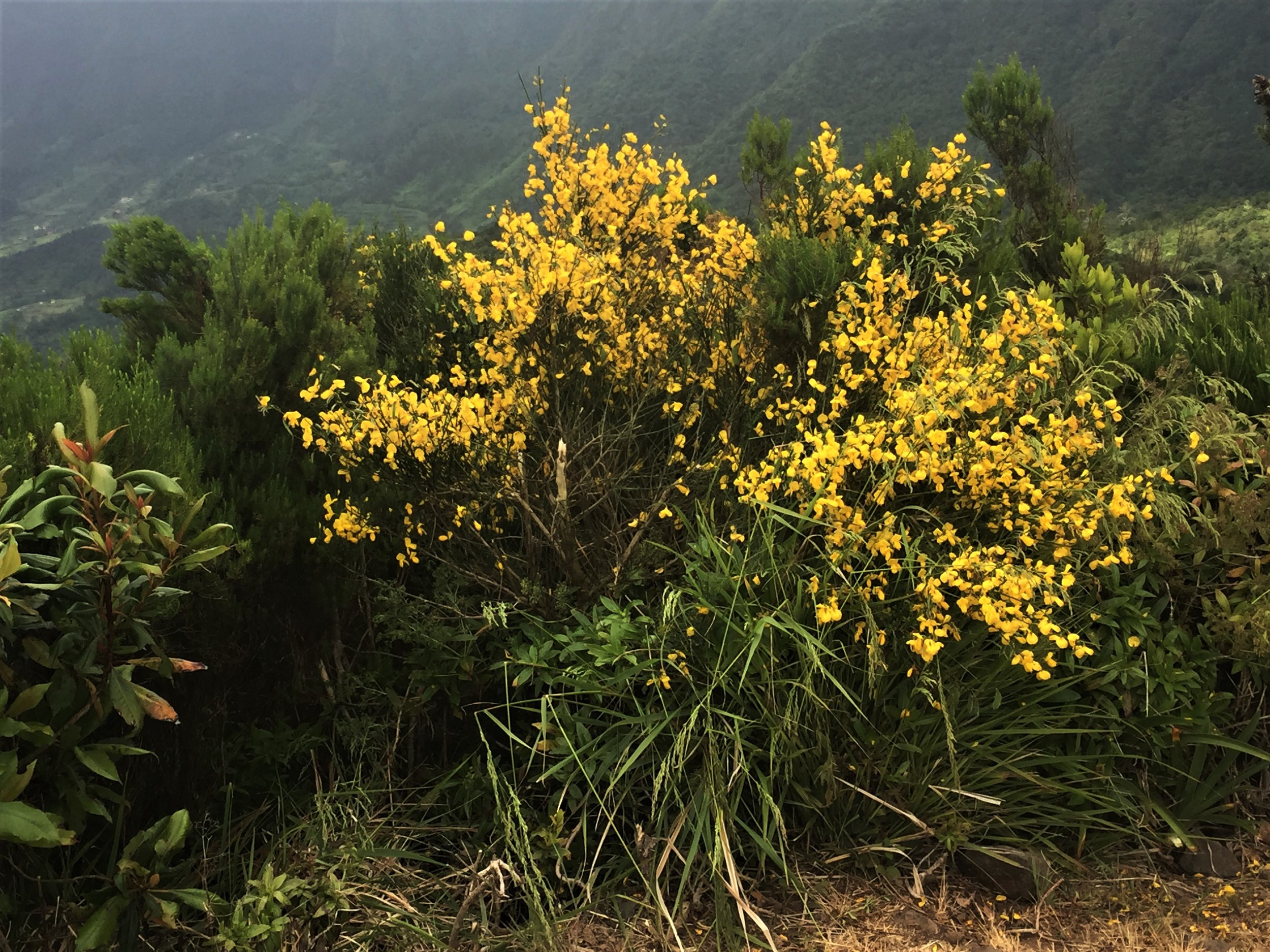Madeira: Your Short Guide to Wine, Cake and the Island
AUTHOR: JENNIFER KIRSCH
Madeira: Your Short Guide
A LITTLE HISTORY
Madeira is a tranquil, beautiful island in the middle of the Atlantic. Just one of the many reasons my friend and I chose it for a quiet get away week recently.
The Madeira Islands, 540 miles southwest of Lisbon, Portugal, are a Portuguese archipelago positioned about 360 miles directly west of Morocco, Africa in the north Atlantic Ocean.
Only two of these islands are inhabited; the largest, Madeira and Porto Santos, a smaller island nearby with beautiful beaches, temperate weather and warm summers. It suffers from winds, which can spoil a beach holiday, but when I was there it was a lovely 24 degrees Celsius.
These rocky mountainous islands known to the Romans as the Purple Islands, were discovered in the 15th Century by explorer and sailors, Prince Henry the Navigator, João Goncalves, Zarco and Tristão Vaz Teixeira.
They were settled mainly in order to grow wheat for export, however its fertile soils encouraged the growing of sugar cane and that became the primary crop until the 17th century when Brazil took over the sugar business.
FUNCHAL IS THE CAPITAL CITY
Funchal, the capital city, has a population of 100,000 inhabitants. From its natural harbor, Funchal literally covers the slopes of an ancient volcano, with many of its narrow streets full of quaint and interesting shops reminiscent of those in Venice, Italy.
Although Madeira is a Portuguese territory it gained its autonomy in 1976 both politically and administratively and has an exciting history belonging briefly to the British in 1801 and again during the Napoleonic wars in 1807. It was torpedoed during the first world war in 1816 when a German U-boat came into Funchal harbor and sank several ships.
FOOD AND WINE ON THE ISLAND
Many crops such as tomatoes, bananas, corn, cherries and root vegetables make Madeira a prosperous agricultural island but most notably it is famous for the grapes used in the making of the world famous Madeira wine.
It is like a sherry and can be dry, sweet or medium. A fortified wine, it is not a spirit and is drunk as an aperitif or digestive and was developed in the 16th century as the island’s main export. Equally popular, Madeira cake made from the wine, is rich, dark and fruity with a just hint of the lovely flavor.
Along with eucalyptus which was brought from Australia three hundred years ago, chestnuts and cherries also make fine liquors and are popular gift choices to take home. The little chestnut tarts are particularly delicious.
On the lower slopes, wine grapes are grown and the local wines, rose, white and red are substantial and delicious. Portugal has long been known for its rose wine and the island wines are just as good.
SEAFOOD IS THE MAIN STAPLE FOR MADEIRA
The islanders survived in the past on fish and seafood and it is still the main emphasis on menus in restaurants. The local fish is large, very ugly and called “black scabbard”. It is a black fish and doesn’t look at all appetizing; I couldn’t bring myself to even try it! So sorry! 😮😬
Traditionally it is cubed, skewered and rubbed with salt and bay leaves before being roasted on a brazier. The local sardines and tuna were my favorites and they were served in many flavorful recipes.
At the Pestana Resort restaurant, the food was excellent and mainly locally sourced. Every night was a feast for the eyes and stomach. The small tart deserts are a local vanilla custard and as sacred in Madeira as the doughnut in the USA.
Every night the chefs featured food from other European countries but the Madeira night on Wednesdays as seen in the pictures above was superb. Supper was accompanied by local music and dancing.
There are no beef cattle on Madeira. There is not enough grazing so beef is imported from Argentina or Brazil. Dairy cattle graze free on the hillside usually part of small privately owned herds or even a single cow. The cows up on the top of the hills run free attended daily by the farmers.
RESIDENTS, VISITORS AND LOCAL FLAVOR
There are only about 260k inhabitants on the island not including the 6Ok visitors that come from all over the world every week. At our resort the guests were mainly French, German and British although I detected some American and Australian accents around the pool.
Walking down the boardwalk by the ocean we came across some local life; a cute dog show. While it wasn’t Westminster or Crufts, the locals entered into it with huge enthusiasm. They proudly paraded a group of dogs hardly spruced up for the occasion and prizes were awarded. Clearly everyone was “family” and the beer flowed as the winner was crowned.
If retail therapy is what you want there are plenty of opportunities. The island produces cork as well as beautiful embroidery and the shops are full of pottery, table linens, sunglasses and cork products such as bags and sandals.
TIME SHARES, RESORTS AND VACATION PACKAGES
There are many time share apartments on the island offering really good value. There are also a couple of package holiday companies offering affordable all inclusive trips to the island from many European cities; for less than $1,000.00 per week or ten day holiday per person.
Pestana Resort, where we stayed was beautifully appointed. It was not a new resort but had modern amenities and the friendliest staff I have encountered in many years.
Boasting 4 outdoor pools, 2 huge jacuzzis, an indoor pool and fabulous well priced spa, it overlooks the boardwalk alongside the ocean and has easy access to all the beachfront bars and cafes.
On an hourly basis the resort has its own original security detail; handlers with birds of prey keep away any insects and might look for mice and moles too. Maybe that is why we saw none. 👌
THINGS TO DO AND SEE IN MADEIRA
For the family or more adventurous guests there is a wide range of trips; whale watching, swimming with dolphins, mountain hikes and island sightseeing. There are 3 main trips from the center of the island; West, Central and East.
Like many islands, the west is more lush and the east is drier. The flora and fauna are equally diverse with species only found on Madeira and Sao Santos. The main flower is called the Pride of Madeira; a tall blue lupin like bloom which was not flowering when I visited. The Madeira Orchid however was growing on the side of the narrow roads as we passed by.
Agapanthus in blue and white is also now a recognizable Madeira plant and grows everywhere. The higher windier elevations were covered in common broom so the yellow can be seen for miles and is very pretty.
Although Madeira has a reputation for being an island best suited to the retiree as a holiday destination, it certainly was peaceful and quiet. I couldn’t help thinking that the highest summits up to 3,500 feet would be tricky for all but the mountain goats among us.
The Valley of the Nuns is perched on the edge of a series of hills in the central part of the island and most accessible to us via minibus or small coach rather than hiking boots! The Nun’s valley is so called because the nuns hid there in centuries past to get away from the pirates who were marauding the coastline and stealing local gold and food.
During the season there is a firework competition held on Saturday nights on the Lido near the Casino and different countries take part. Not sure what the prize is but during my stay it was Poland’s turn and it was very impressive, cut to music and very dramatic; comparable to any New Years display at Disney or in Sydney Harbor!
If culture is your thing the local theater is like a mini opera house and plays features as well as light opera and recitals most nights of the week. Enjoy the short tour in the video below.
A little tour
CONCLUSION
When in Europe take time out to visit Madeira you won’t be sorry and will feel relaxed and energized although perhaps a few pounds heavier!
I hope you found this short guide to the island to be helpful. Let me know in the comments section what you thought and if you have any plans to travel to Madeira; happy to answer any questions. Watch here for the next blogs on my various adventures. Until then…
Best,
Jenny
Jenny Kirsch is an expat living in Palm Desert. She travels extensively each year when she returns to the UK and guest blogs about her experiences and tips. You might also be interested in other blogs by Jenny. Follow her on Instagram.
You might also want to read other blogs of mine under Explore the World Follow me on You Tube, Facebook, Pinterest, Instagram & Twitter
Guest Blogger
If you like what you read, please subscribe to my email! Grab free Art Tips, Recipes and Favorite Travel Products along with my newsletter, The Quirky Tourist!



